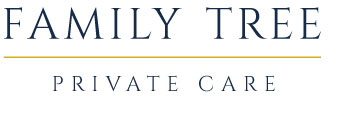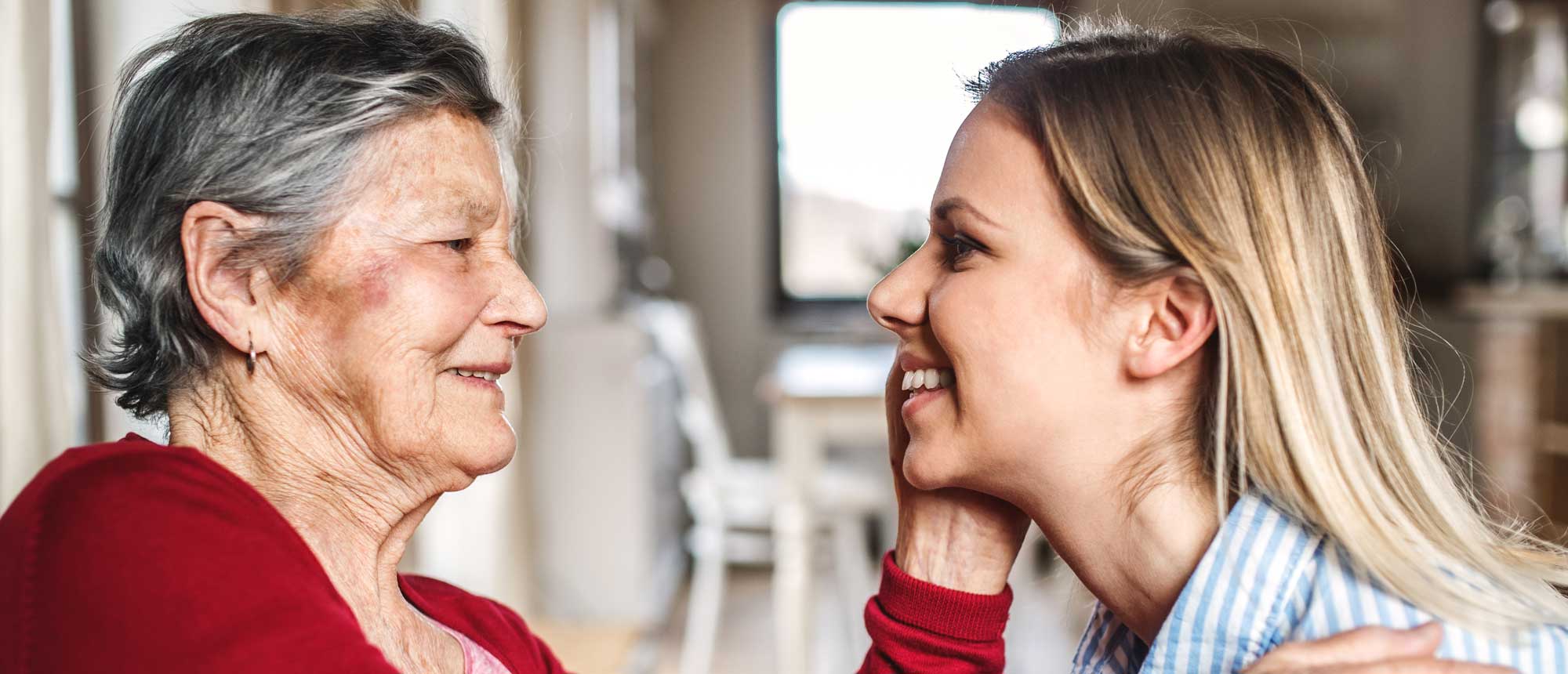07 May Stroke Management with Family Tree

Our age and family history can make us susceptible to having a stroke, but there are steps to take to help prevent a stroke before it ever strikes. First, let’s learn more about what a stroke is and how to spot a stroke when it happens.
A stroke happens when blood flow to an area of the brain is cut off, which causes brain cells to be deprived of oxygen and begin to die. Areas of the brain responsible for memory and muscle control are damaged. There are different effects that can occur with a stroke. For example, someone who has suffered a small stroke may just have temporary weakness in their arm or leg. A more severe stroke can cause someone to become paralyzed on one side of their body, or they may lose their ability to speak. Some people are able to recover completely from strokes, but most survivors will have some type of disability.
Stroke Facts
- Each year nearly 800,000 people experience a new or recurrent stroke in the U.S.
- A stroke happens every 40 seconds in the U.s.
- Stroke is the fifth leading cause of death in the U.S.
- Every 4 minutes someone dies from stroke In the U.S.
- Up to 80 percent of strokes can be prevented
- Stroke is the leading cause of adult disability in the U.S.
Credit: National Stroke Association
Family Tree professional caregivers and nurses are trained in and have extensive knowledge assisting patients that have suffered a stroke. We will work together to ensure your doctor’s plan of care is adhered to. In addition to managing medications, the complimentary oversight from our nursing staff ensures that our professional caregivers offer the highest quality of care to you and your loved one.
Stroke Symptoms:
Sometimes a stroke happens gradually, but you’re likely to have one or more sudden symptoms like these:
- Numbness or weakness in your face, arm, or leg, especially on one side
- Confusion or trouble understanding other people
- Difficulty speaking
- Trouble seeing with one or both eyes
- Problems walking or staying balanced or coordinated
- Dizziness
- Severe headache that comes on for no reason
If you have these symptoms, call 911 even if you’re not sure you’re having a stroke.
Caregiving for seniors who have had a stroke:
The months after a loved one experiences a stroke are often challenging. It’s a transition that requires a whole new outlook on care, routine and priorities. Additionally, seeing a loved one undergo such a physical and emotional change can be difficult for the whole family. Understanding the vast research surrounding successful stroke rehabilitation promotes hope for a clear path forward.
The specific effects of a stroke depend on which brain cells are damaged, so sometimes the damaged cells slowly repair themselves or have their functions taken over by other neurons. Caregiving for seniors with stroke generally involves supporting lifestyle changes. The following changes can improve quality of life and reduce the risk of further complications:
- Lower blood pressure
- Eat well
- Stop smoking
- Exercise more
We believe that everyone deserves to live a healthy life, so spread the information and resources to help other people improve their quality of life.
Click here to get in touch with us today to see how we can help you or your loved one.


